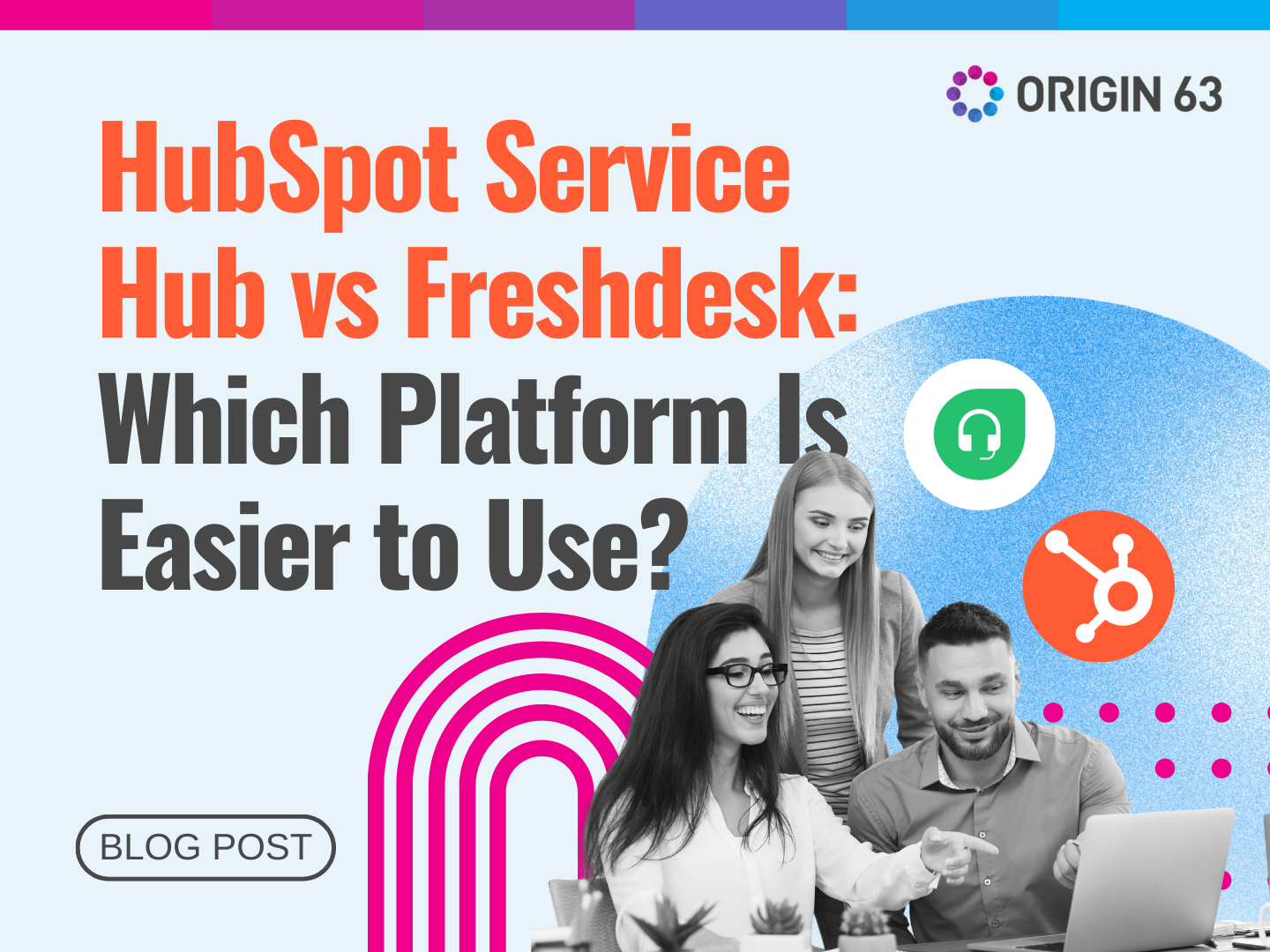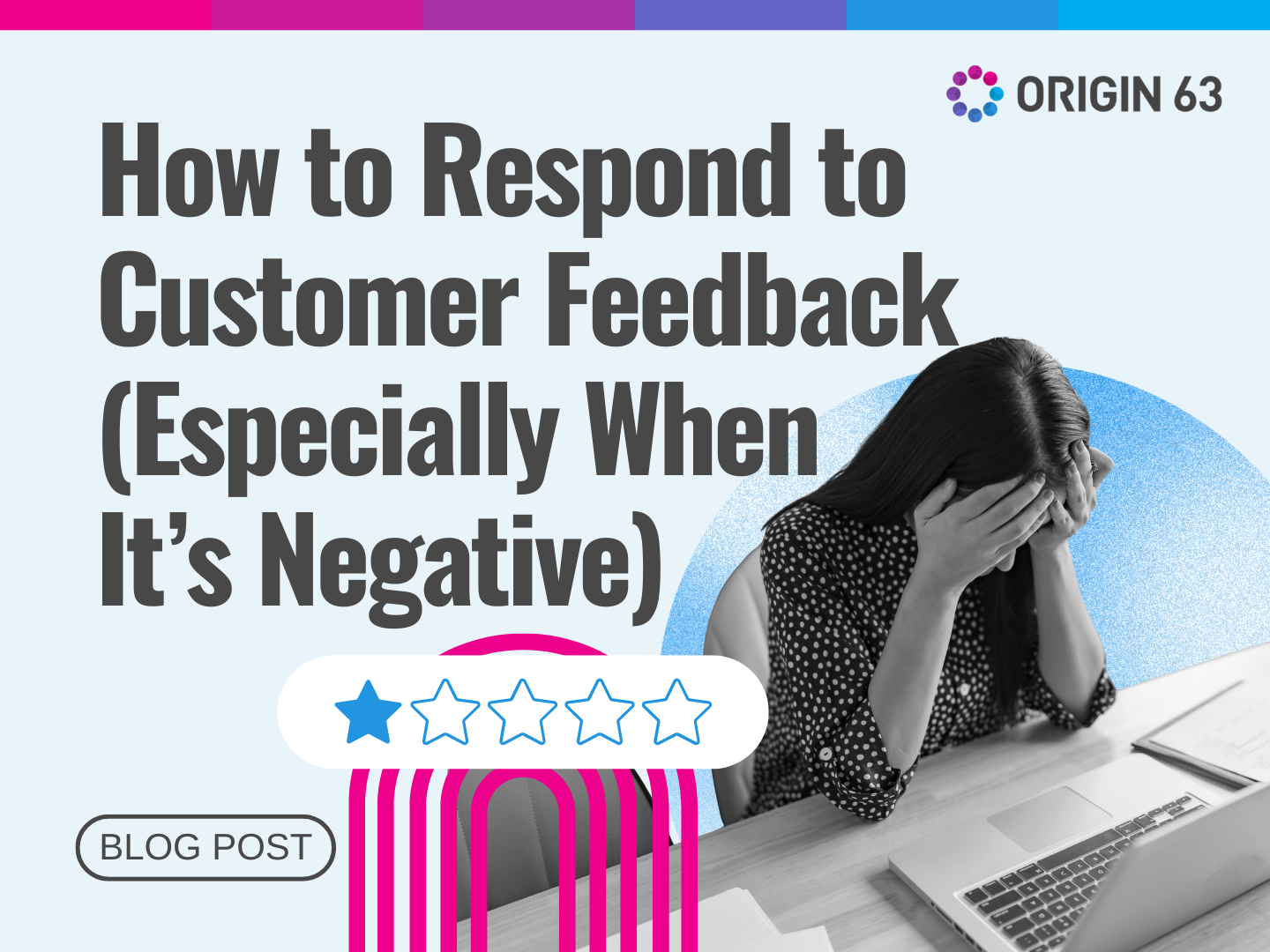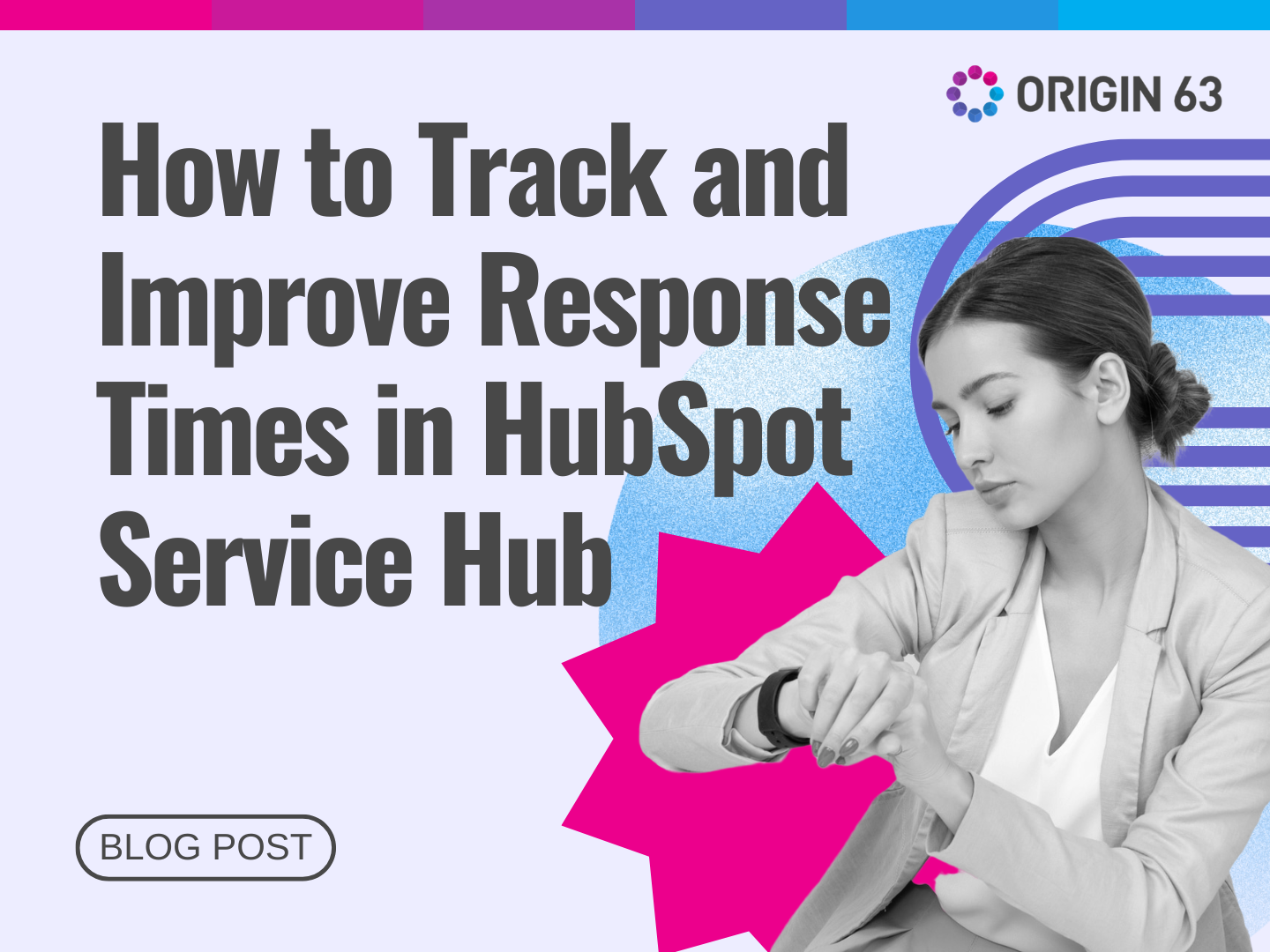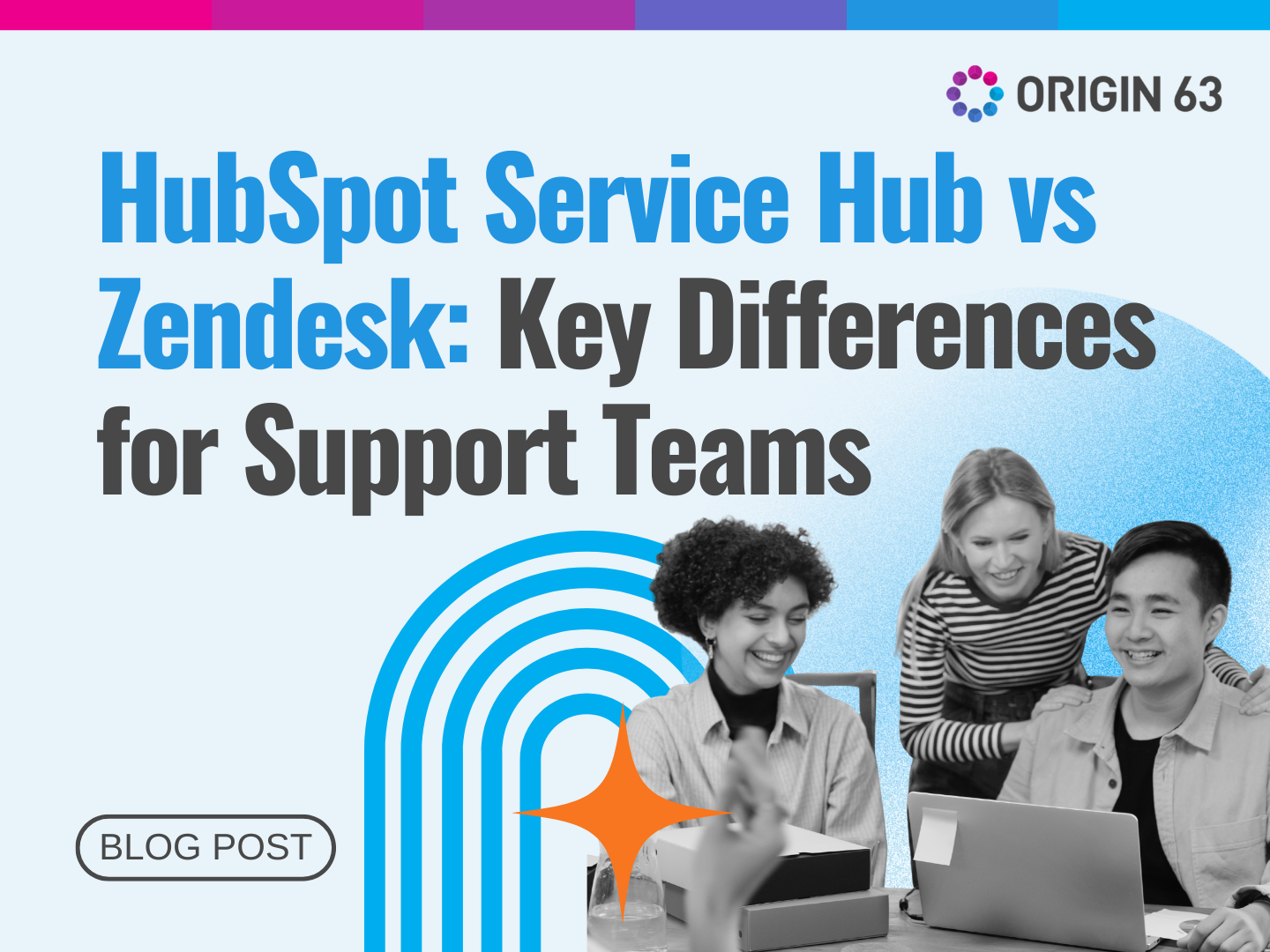Customer success is becoming an indispensable growth strategy for businesses across industries. It boosts retention and satisfaction by staying ahead of potential issues—being proactive, not reactive—and you need the right tools for that.
HubSpot’s new Customer Success Workspace is designed specifically to improve customer success. It lets you manage customer relationships, track account health, and monitor renewals and possible churn.
We’ll walk you through a short tour of the Customer Success Workspace. You'll learn how to access and set it up, customize it to fit your workflow, and best practices to ensure you’re making the most of its features.
What is the Customer Success Workspace?

HubSpot’s Customer Success Workspace is a centralized tool designed to help you manage your customer accounts in one place. With customer success as the top priority for 72% of businesses, you should have the right tools that keep everything at your fingertips.
It’s built specifically for customer success managers and teams, so everything you need is at your fingertips. Whether checking in on customer health scores, keeping track of tasks, or planning for upcoming renewals, this workspace pulls everything together in one place.
The workplace also gives you a clear view of everything happening with your customers—whether you’re trying to spot potential issues, keep up with daily progress, or just get ready for a meeting.
In short, it’s your go-to tool for keeping customer relationships healthy and ensuring things run smoothly.
How to Access the Customer Success Workspace
Before you can take full advantage of the Customer Success Workspace, you should know how to access it in HubSpot. Luckily, it’s simple to get started. Once you’ve logged into your HubSpot account, it’s just a few quick steps to enable the workspace.
A step-by-step guide to accessing the Workspace:
- Log in to your HubSpot account.
- Navigate to the main menu and look for the "Service Hub" section.
- Click on “Customer Success Workspace.” If you don't see it, it might need to be enabled through your account settings.
- Check your settings to ensure the workspace is activated, especially if it’s a newer feature.
- If you need help, contact HubSpot support to ensure everything is set up correctly.
Now, you can start managing customer accounts more efficiently and get the insights you need to stay ahead of potential issues.
Customizing Your Workspace for Maximum Efficiency
When you start using the Customer Success Workspace, the first thing you should do is customize it. Every business has its way of doing things, and you want your workspace to fit your unique process.
Setting it up right from the beginning means you’ll have everything flowing smoothly from day one. Here are some key areas to customize:
Add Your Most Important Reports
One of the best parts of the workspace is seeing all your key metrics at a glance. Start by choosing or creating reports that show the data most important to you—like customer health scores, renewal dates, or any other metrics that matter to your business.
Once you’ve got the reports you need, pin them to your workspace. This way, you can quickly check in on the health of your accounts or see which renewals are coming up without having to dig around for info. It’s like always having your most important insights front and center.
Set Up Your Calendar

Let’s face it, juggling different tools just to keep track of meetings and tasks can get messy. With the Customer Success Workspace, you can integrate your calendar so everything—from customer meetings to follow-ups—is all in one place.
This setup keeps you organized and helps you stay on top of your day. Plus, having your calendar linked directly with customer data means you’re always prepared for meetings. No more last-minute scrambling to find the latest update on a client before hopping on a call!
Customize Your View
Everyone works differently, so why not set up your workspace to match your priorities? You can rearrange things to highlight what’s most important to you, like upcoming renewals or high-value clients.
When your workspace is tailored to what you care about, it is much easier to stay on top of the details. Instead of wasting time searching for the information you need, you can focus on the tasks that move the needle for your business.
Create and Share Views with Your Team
Collaboration is important; the good news is you don’t have to manage your accounts alone. You can create specific views of your customer portfolio—like a list of high-value accounts or clients due for an upgrade—and share them with your team.
Shared views make it easy for everyone to stay on the same page. Your team can focus on the same goals, and nothing gets missed. It’s a great way to ensure consistent customer management across the board.
Add Relevant Pipelines
If you use different pipelines for things like support tickets or sales deals, go ahead and add them to your workspace. Having these in the same place as your customer data gives you a full view of everything happening with your accounts.
For example, if there’s an open support ticket on a key account, you’ll be able to spot it right away and make sure it’s getting handled. No more hopping between systems—everything you need is in one place.
Personalize Your Task List

Finally, don’t forget to set up your task list! This will help you prioritize your daily to-dos and stay on top of customer engagement. You can even link tasks to specific accounts so you always know which clients need attention.
Setting up recurring tasks (like monthly check-ins with top clients) ensures you stay in touch with your most important accounts. This simple step can go a long way toward building stronger, more consistent customer relationships.
Tracking and Managing Customer Health with Insights
One of the most powerful features of the Customer Success Workspace is the insights you get through Customer Health Scores. Simply put, health scores measure the overall health of your relationship with each customer based on specific metrics like product usage or login frequency.
They provide a quick snapshot of how likely a customer is to stay with you—or potentially churn.
Why Customer Health Scores Matter
Customer health scores give you a crystal-clear view of how each of your customers is doing. Why does that matter? It’s simple. Tracking these scores helps you predict churn before it happens and spot opportunities to grow your accounts early.
Instead of reacting to problems after they occur (which is stressful for everyone!), you can stay one step ahead. You’ll know when a customer is slipping and can jump in to fix the issue or when an account is thriving, so you can focus on upsell opportunities.
Health scores help you move from reactive customer management to a proactive, strategic approach.
How to Set Up Health Scores in HubSpot
Setting up health scores in HubSpot is easier than you might think. It’s all about defining the right metrics and assigning point values based on customer behavior. Here’s how to get started:
Step 1: Identify Key Metrics
Start by identifying which data points are the most important indicators of customer success for your business. Some common metrics include:
- Login frequency: Are customers regularly engaging with your platform?
- Product usage: Are they using key features or services you offer?
- Customer feedback: What are they saying in surveys or NPS (Net Promoter Score) ratings?
- Support tickets: Are they opening a lot of support requests? This could be a red flag.
Take the time to determine which behaviors show a customer is doing well—and which might signal trouble.
This might not be as straightforward as it sounds—you should carefully consider what “success” looks like for your product. Does consistent login activity alone indicate success? What if the customer isn’t utilizing some features?
Defining success requires looking deeper than surface-level metrics.
Let’s say a customer logs in daily but only checks their dashboard and does not use features like task assignments or collaboration tools. While they appear engaged on the surface, they aren’t fully benefiting from your product's core value.
Step 2: Configure HubSpot to Assign Points

Once you know which metrics matter, it’s time to assign points to different customer behaviors. HubSpot allows you to set positive and negative point values based on actions.
For example, positive actions like frequent logins or adopting new features could add points to the health score. On the other hand, negative actions like opening multiple support tickets or not logging in for a while would subtract points.
You could set it up something like this:
- Daily login: +5 points
- Trying a new feature: +10 points
- High NPS score (9 or 10): +15 points
- Multiple support tickets in a short time: -10 points
These point values are customizable, so you can adjust them to reflect what’s most important to your business.
Step 3: Defining Thresholds for Healthy, Neutral, and At-Risk Customers
Once you’ve set up your scoring system, you’ll want to define thresholds that help you easily categorize customers based on their health score. For example, you could set it up like this:
- 80-100 points: Healthy
- 50-79 points: Neutral
- 0-49 points: At Risk
These thresholds give you a quick way to see who’s thriving and who might need a little extra attention. You can adjust these ranges as you get more comfortable with the data and fine-tune your strategy.
Best Practices for Using the Customer Success Workspace
Getting the most out of HubSpot's Customer Success Workspace means you shouldn’t stop learning how to set it up. You should learn how to use the workspace effectively.
Here are best practices to help you stay on top of customer relationships and make your workspace work for you.
1. Stay Proactive with Alerts and Insights
One of the most important things you can do in the workspace is to stay proactive. By regularly monitoring customer health scores and setting up alerts, you can catch potential issues before they turn into full-blown problems.
For example, if you see a client’s health score dropping, don’t wait for them to reach out with a complaint—get in touch first! A quick check-in could make all the difference in turning things around.
2. Regularly Update and Customize Reports
As your business evolves, so do your goals and clients’ needs. You should regularly update your reports to ensure they align with your current objectives.
If you’re focusing on customer renewals this quarter, create or customize reports that track renewal dates and engagement trends.
Let’s say a client’s usage of key features drops off a month before their contract renewal. That’s a sign to step in and re-engage. Keep your reports up-to-date so you’ll always have real-time insights reflecting what matters most to your business.
3. Collaborate and Share Information with Your Team

44% of customer service reps prioritize improving the customer experience, while 40% aim to enhance communication and collaboration between teams when choosing customer experience software.
Customer success is a team effort. Shared views and pipelines make it easier to keep everyone on the same page. If you’ve identified at-risk clients or upsell opportunities, creating shared views for your team allows everyone to see and act on the same data.
You might create a shared "At-Risk Accounts" view with your customer success and sales teams. No account slips through the cracks, and your team can work together to resolve issues or drive growth. The more you share, the more aligned and efficient your team will be.
4. Prioritize High-Value Clients and Renewals
Not all accounts are created equal. Use the workspace to prioritize your high-value clients and upcoming renewals to maximize your time and effort. Set up your workspace to highlight these accounts front and center so you never miss an opportunity.
For instance, you can create a report or view that shows upcoming renewals, especially for clients whose health scores have dipped.
You can reach out in advance, address any concerns, and increase the chances of renewal. It’s all about focusing your energy on the accounts that matter most.
5. Integrate Your Tools and Automate Tasks
The more integrated your tools are, the smoother your workflow will be. Take advantage of HubSpot’s automation features to make recurring tasks—like monthly check-ins or customer follow-ups—easier to manage.
Automating tasks could save employees about 240 hours annually and can save businesses $46,000 to millions of dollars per year.
You can set up automatic reminders or trigger specific actions based on customer behaviors, such as low engagement or frequent support tickets.
If a client hasn’t logged in for a week, you could automatically send an email offering support or tips on using your product more effectively. Automating routine tasks frees up your time for more strategic work, ensuring no client slips through the cracks.
Take Charge of Customer Success
The HubSpot Customer Success Workspace is more than just a tool—it’s a game changer for managing customer relationships.
Stay proactive with alerts, regularly update your reports, collaborate with your team, and prioritize your most valuable clients, and you’ll avoid potential issues and create lasting customer satisfaction.
Your customers are the heart of your business, and using the Customer Success Workspace effectively will help ensure they stay happy, engaged, and loyal for the long haul. You’ll build stronger customer relationships and drive growth with the right setup and best practices.
Ready to Elevate Your Customer Success?
Let Origin 63 help you set up and implement HubSpot’s Customer Success Workspace for maximum impact. From customizing reports to integrating tools, we’ll ensure you’re fully equipped to manage customer relationships like a pro.
Don’t wait—start boosting retention and satisfaction today! Reach out to our team and let’s get started on transforming your customer success strategy.













.png?width=90&height=90&name=Arrows%20Partner%20Badge-test%20(1).png)

